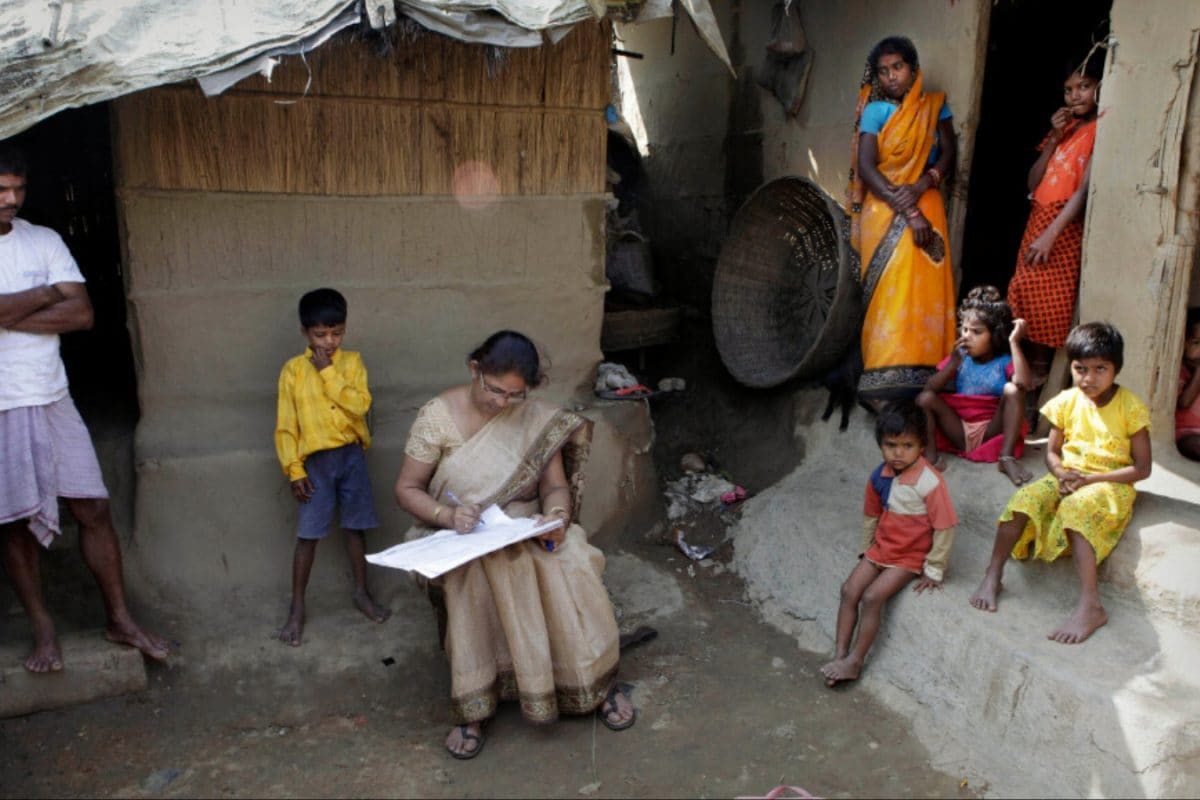

The Indian government has officially announced the schedule for the 16th Census of India, set to take place in 2027. A notification to this effect was published in the official gazette on June 16, 2025, marking a significant step in the decennial exercise of collecting detailed information about the country's population.
The census will be conducted in two phases. For most of the country, the reference date will be March 1, 2027. However, for snow-bound and remote regions, including the Union Territory of Ladakh, and specific areas within Jammu & Kashmir, Himachal Pradesh, and Uttarakhand, the reference date will be October 1, 2026. This adjustment accounts for the logistical challenges posed by the weather and terrain in these regions.
The 2027 Census holds particular importance as it will include a nationwide caste enumeration for the first time since 1931. This decision follows considerable political debate and advocacy, with various parties emphasizing the need for comprehensive data on caste demographics. The inclusion of caste enumeration is expected to have far-reaching implications for policy-making, particularly concerning welfare schemes, reservation policies, and social justice initiatives.
The census operation will involve two primary phases. The first phase, house-listing and housing enumeration, is expected to be conducted throughout 2026. This phase aims to create a comprehensive profile of housing stock, access to amenities, and overall living conditions across India. Data will be collected under 34 columns, covering a wide array of housing-related information. The second phase, population enumeration, will delve into the demographic, socio-economic, cultural, and other relevant details of every person in each household. This phase will involve data collection under 28 columns.
In a significant shift from previous censuses, the 2027 Census will be conducted primarily through digital means. Enumerators will use mobile applications to collect data, and the government plans to allow self-enumeration for the first time. Households will have the option to log into a government portal or use a dedicated app to fill in their details. This move towards digitalization is expected to improve efficiency, reduce errors, and enable near-real-time monitoring of the census process. The government intends to deploy approximately 3.4 million enumerators and supervisors, along with around 130,000 census functionaries, for the entire operation.
To ensure data accuracy and security, several measures are being implemented. A new coding system has been introduced to streamline data collection and minimize errors related to spelling mistakes and inconsistencies. Enumerators will receive real-time alerts for inconsistencies, such as unrealistic household sizes or age discrepancies, enabling immediate corrections. Stringent data security protocols will be in place during data collection, transmission, and storage.
The census data is crucial for a variety of purposes. It serves as the basis for drawing electoral constituencies and reserving seats for Scheduled Castes and Scheduled Tribes. Central grants to states and districts are often population-based, as are subsidies and ration allocations. The data is used by various ministries, including Education and Rural Development, to locate schools, primary health centers, and infrastructure projects. Furthermore, the census aids the judiciary, planners, and scholars in understanding trends related to migration, urbanization, employment, and fertility.
The government anticipates releasing provisional data within 10 days of completing the enumeration exercise, with final data expected within six months.